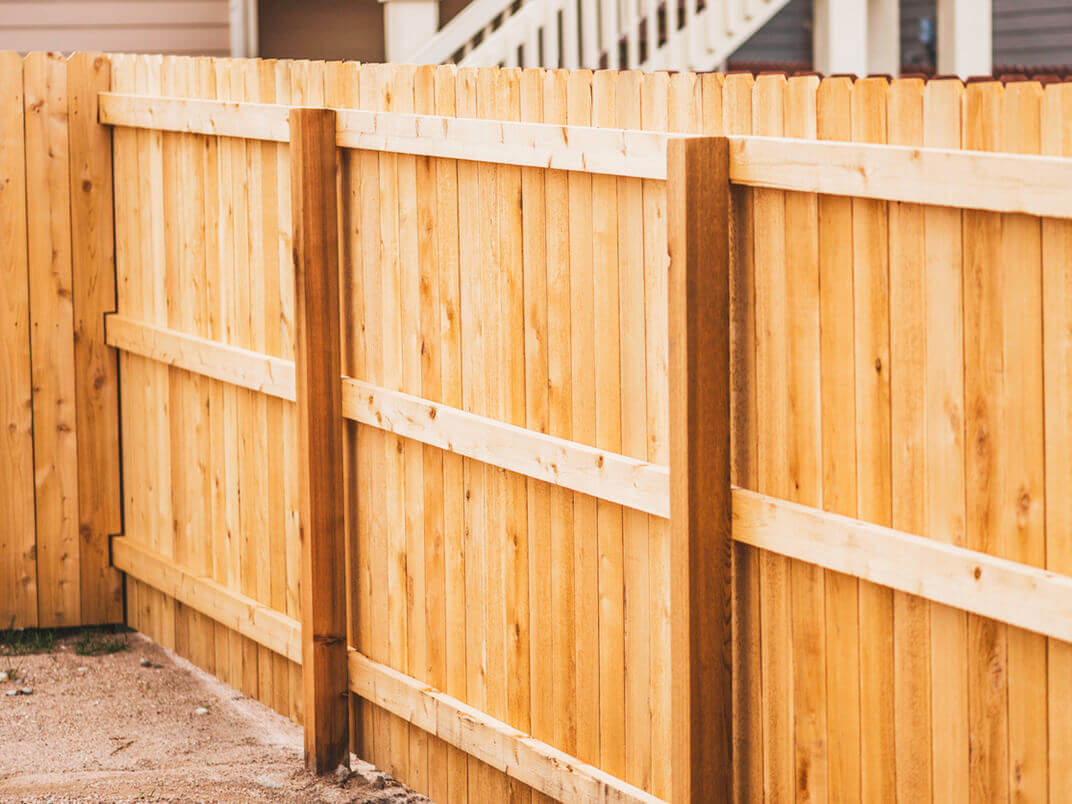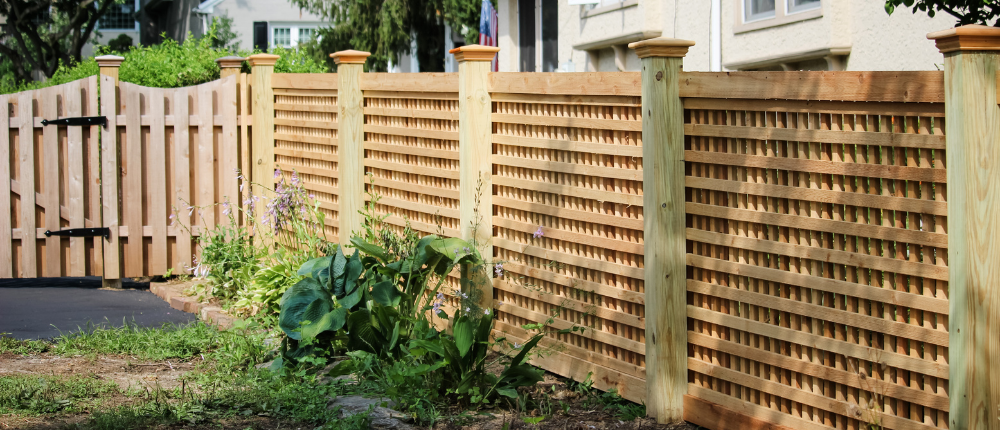Featured

Whether your fencing is made of wood, plastic, chain web link, or steel, adhering to a couple of simple upkeep techniques can guarantee that it continues to be in exceptional problem for years to come. Below are some useful suggestions to keep your fence looking fantastic and doing well.
- Execute Normal Evaluations. Routinely examining your fence is vital to determining issues before they end up being major troubles. Every few months, walk your building and inspect the fence for noticeable damage. Search For:
Loosened or missing boards or panels: Whether it's timber, steel, or plastic, look for any type of loose sections that may need to be reattached or replaced. Rust or corrosion: Metal fences, including chain web link or wrought iron, can establish rust over time. Early discovery allows you to tidy and deal with the influenced locations prior to they spread out. Indicators of rot: Wood fencings are particularly prone to rot, especially at the base of posts and slabs that touch with the ground. Try to find soft places, staining, or mold and mildew, which might suggest moisture damages. Stability of blog posts: Gradually, fencing messages might become loose or unpredictable. This can lead to leaning sections or also collapse, so make certain that messages are safely secured in the ground. 2. Tidy the Fencing Frequently. Cleaning your fence is one of the easiest and most efficient ways to maintain its problem. Particles, mold, and dirt can build up, causing staining and wear in time. Below's how to clean various types of fencings:

Wood Fencings: Utilize a stress washer or a scrub brush to remove dust and mold and mildew. Beware not to use way too much stress with a power washing machine as it could damage the timber. If required, make use of a timber cleaner or a light detergent to remove spots. Vinyl Fences: Vinyl fences are reasonably low upkeep and can be cleansed with soapy water and a soft towel. Avoid unpleasant products or extreme chemicals, as they can scrape the surface. Metal Fences: Light weight aluminum or steel fences can be cleaned with a soft sponge and soapy water. For rust spots, utilize a cord brush or rust remover before applying touch-up paint to avoid the corrosion from dispersing. Chain Web Link Fences: Simply pipe down chain web link fences to remove dust and debris. Trim it back to prevent unnecessary stress on the framework if vegetation has grown over the fencing. 3. Deal With Wooden Fences for Security. Wood fences call for extra treatment due to their vulnerability to weather conditions. Dampness from snow, moisture, and rainfall can create timber to rot, warp, or swell. To shield your wooden fencing, think about the adhering to:
Seal or Discolor the Wood: Applying a safety sealer or discolor will aid preserve the timber and protect it from the aspects. This will likewise offer the wood a fresh, polished appearance. Make sure to reapply the sealant every 2 to 3 years to keep its protective barrier. Evaluate for Termites: Wood fences can be at risk to termite damages, specifically in moist locations. Keep an eye out for signs of invasion, such as little openings, wood dirt, or the visibility of the bugs themselves. Get in touch with an expert pest control solution to settle the concern if you locate termites. 4. Trim Greenery Around the Fence. Plants and bushes expanding too near your fencing can create long-lasting damages if left unchecked. Disordered origins can push versus fence posts, creating them to loosen, and creeping plants can exert stress on wood or metal panels, potentially flexing or breaking them. Furthermore, plants expanding too near the fencing can hold dampness versus the surface, which can bring about rot or rust.

Make it a behavior to trim any plants, vines, or shrubs that might be growing near your fence. This will not only keep the fence better condition but also enhance the overall visual appeals of your lawn.
- Address Rust and Rust Immediately. For metal fencings, corrosion and deterioration can be a substantial issue if not addressed promptly. To stop rust from spreading out:
Tidy and Sand Affected Locations: For minor corrosion places, utilize a wire brush or sandpaper to eliminate the rust. After cleaning, use a rust-resistant guide and paint to shield the steel from additional deterioration. Use Rust-Resistant Coatings: Take into consideration applying a rust-resistant coating to your steel fencing to lengthen its lifespan. This can assist prevent brand-new corrosion areas from forming and keep your fence looking good. 6. Maintain and secure Fencing Messages. The stability of your fence depends mainly on the posts. The whole structure can end up being endangered if the blog posts are loose or harmed. See to it to evaluate the blog posts on a regular basis to look for signs of wear, leaning, or instability.
For Wooden Posts: Wood fence posts can rot at the base. It might be needed to change the message if you observe indicators of rot or degeneration. For Steel or Plastic Posts: Ensure that metal or plastic messages are firmly anchored and not curved or broken. If needed, tighten loose bolts or adjust the positioning of the blog posts to keep the fencing standing high. Verdict. Maintaining your fencing does not need to be a complicated job. With regular cleansing, examinations, and some standard care, your fencing can continue to be a practical and eye-catching function on your residential property for lots of years. Whether you have a wooden, chain, plastic, or metal link fencing, complying with these ideas will certainly aid you get one of the most out of your financial investment while guaranteeing your fencing remains in terrific condition, using the personal privacy and protection you need.
Latest Posts
Bare Bones Furniture and Mattress - Unbeatable Deals on Custom Furniture
Published Feb 25, 25
1 min read
Turn Your Fencing Vision into Reality with Washington Fence
Published Feb 24, 25
1 min read
Obtain Your Car Running Smoothly-- Montclare Auto Repair Work!
Published Feb 23, 25
1 min read
More
Latest Posts
Bare Bones Furniture and Mattress - Unbeatable Deals on Custom Furniture
Published Feb 25, 25
1 min read
Turn Your Fencing Vision into Reality with Washington Fence
Published Feb 24, 25
1 min read
Obtain Your Car Running Smoothly-- Montclare Auto Repair Work!
Published Feb 23, 25
1 min read